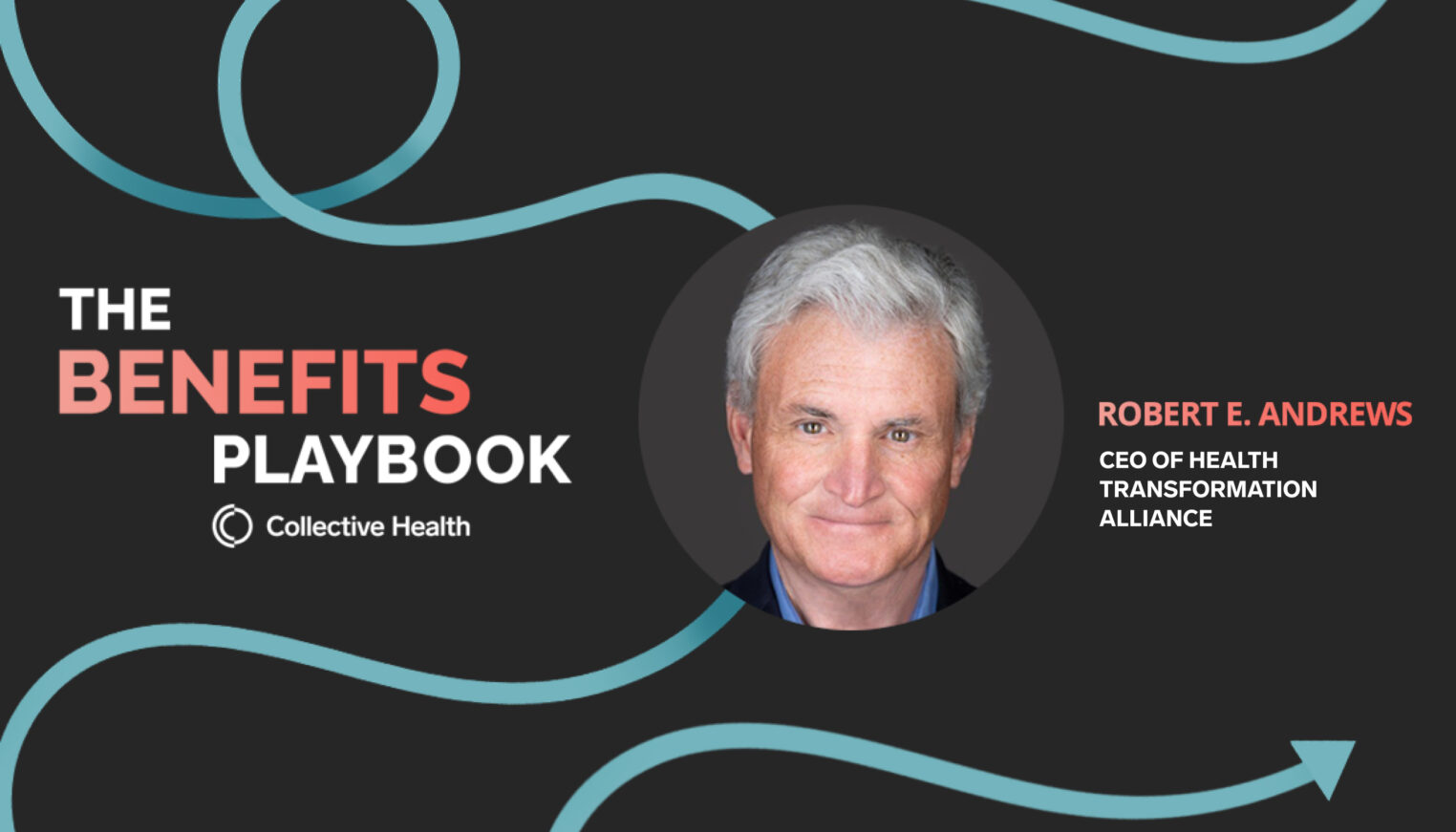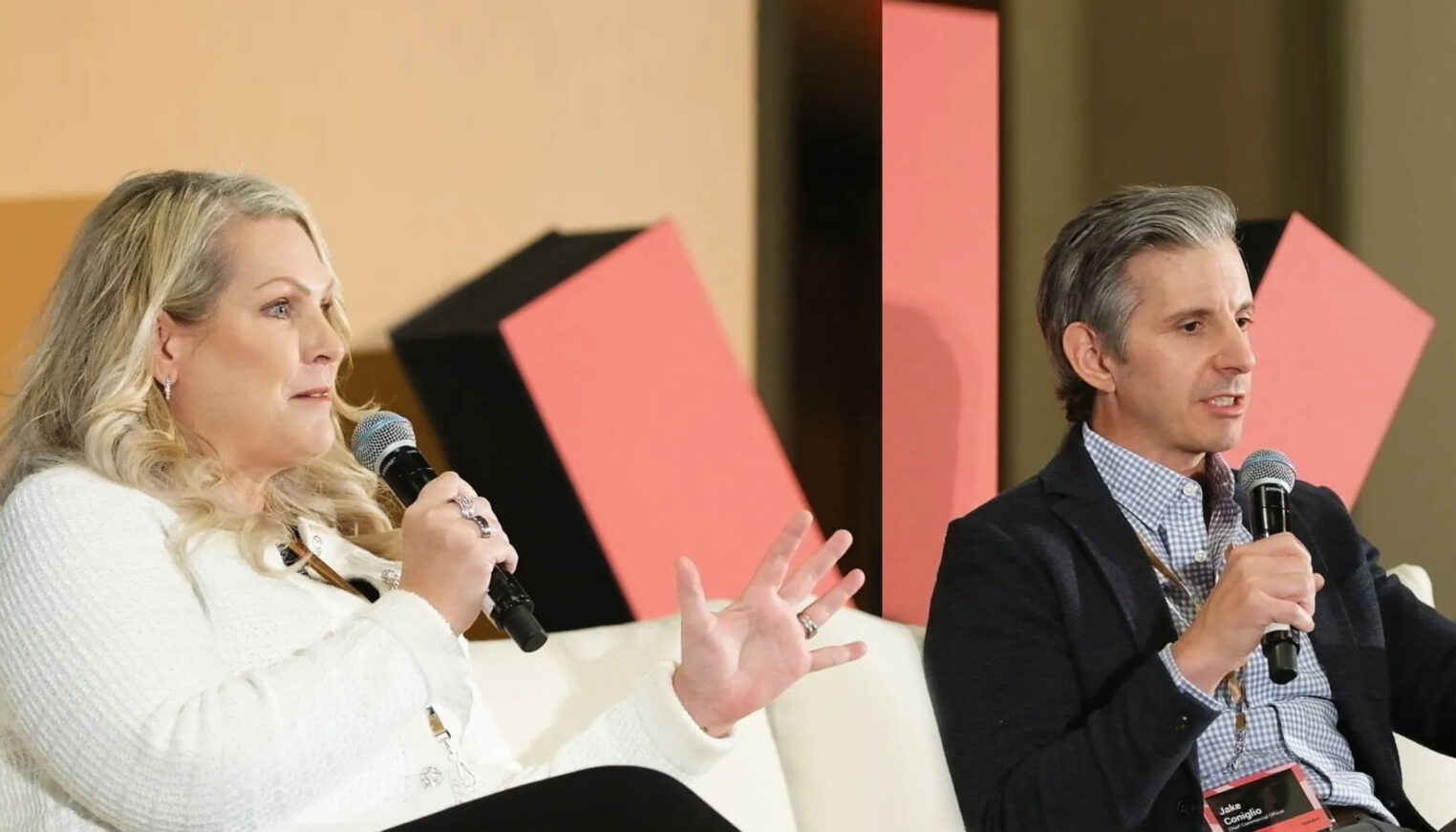Thanks to all who attended Together today, where we discussed our collective experience over the past few months to understand “what just happened?”
For those who couldn’t make it, didn’t get to attend a particular session, or just want to relive some of the event’s most interesting moments, we’ve recapped the day with some highlights and key themes.
- Together: What’s in a conference name?While the last few months have been filled with uncertainty, one positive was that it felt as if most of the country had come together for a single cause in fighting the COVID-19 virus. It was an inspiring feeling as we prepared our annual conference. However, the last week of social unrest has been a stark reminder of the division that still exists across the country. As much as this conference is focused on forging a better path forward, it would be irresponsible not to acknowledge what’s happening in America right now, particularly as our event’s goal is to come together to improve the health and wellbeing of all individuals—regardless of race, ethnicity, gender, or sexual preference. As our CEO Ali Diab said in his opening remarks, what’s happening in America “stretches to every part of society right now, and we need to come together, as a nation and as people.”
- No time for BS: Benefits leaders are embracing honesty and transparency
The COVID-19 crisis has forced 40 million Americans into unemployment, and Suzanne Usaj of Live Nation put it best when describing the importance of honesty and transparency for benefits leaders right now: “There’s no time for BS.” Employees are looking for answers and accountability from company leaders. Listening and responding is a small but important gesture, and something Suzanne said she’d want to take from this experience and not lose sight of as we move into the future. It was a common theme throughout today, and a key learning shared by many benefits leaders. “Don’t assume anything. Reach out and listen to people’s needs,” said Bunnia Murphy of Ensign Group. This also means taking an honest look at your own benefits offerings, something My Nguyen of Lyft mentioned has been a focus of theirs—the ridesharing company has been working to reallocate benefits like commuter subsidies towards areas people will benefit more from right now. Lyft recently instituted a training program on how to deal with change after it went through a significant round of layoffs. - There’s no one-size-fits-all return to work strategy, but they should all be based on evidence
As our CEO Ali Diab said, “it’s important we get back to a position in society where we’re guided by data and evidence.” This sentiment was echoed by Keynote speaker Jeff Huber, founding CEO and Chairman of Grail. Jeff provided a thorough breakdown of the full impact of COVID-19 on our society, as well as his thoughts on how to approach reopening the economy and businesses across the country. Jeff acknowledges this will be a challenging decision because the answers won’t be all that clear, especially prior to a vaccine being available. The optimistic view is that a vaccine won’t be available until 2021, so that leaves a high risk scenario and a lot of questions for HR teams, who will continue to play a key role in helping their people navigate the pandemic. HR and Benefits leaders will need to stay educated, and understand their own cultural and population health characteristics in order to make these decisions. It’s something we’ve set out to help companies do with Collective Go. We’ll dive deeper on this topic during Thursday’s keynote with Dr. Mark McClellan, former FDA Commissioner and CMS administrator. And for a primer, check out our Chief Health Officer’s recent op-ed in STAT News: Optimism, not evidence, is guiding America’s return to work. - There’s no universal way to think about a “new normal”.
Every company’s “new normal” will be different. Take Zoom and Ensign Group, for example. One company has led the acceleration of remote work, while the other operates 230 skilled nursing facilities across 14 states with most of its employees on the frontlines caring for the most vulnerable populations. Sheila Kruger of Zoom anticipates much of its workforce will stay remote even as in-office options open up, but recognized that means needing to invest differently in employee wellness. This has led to surveying their people more often, and growing its benefits offerings to expand telehealth for behavioral health and wellness. To support Ensign Group’s employees, Bunnia Murphy plans to continue investing in more robust programs for employees including mental health and a stronger EAP. It has also required the benefits team to boost its communication cadence and methods to ensure their people know what the company is doing to protect and help them.
For those of you who missed our pre-conference day, we covered a preview of our Product Roadmap for our current customers and held a Collective Health 101 session to get those unfamiliar with us up to speed. If you would like more information on either topic, please reach out to us at hello@collectivehealth.com.
UPDATED: A recap of days 3 and 4 can be found here.



